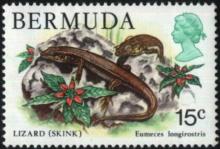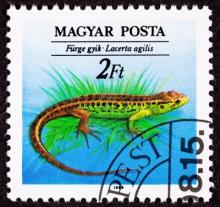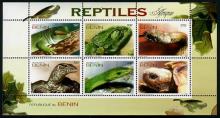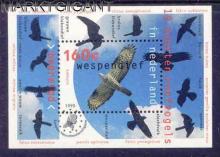Decline of the viperine snake in a Mediterranean wetland
The Ebro Delta is a wetland area in which natural ecosystems have been partially replaced by rice fields. This mixed and productive landscape has allowed the establishment of a rich community of organisms. The viperine snake Natrix maura has traditionally been a common and abundant predator because the habitat is favorable and prey availability is high. In June 1995, we conducted a demographic study to evaluate relative densities of snakes in the rice fields. Thirteen years later, we repeated the same study in the same area and season. The field work consisted of 29 censuses of one hectare each, and snakes and their potential prey (green frogs and fish) were counted. In 1995, we found 27 snakes (0.93 animals/ha), these occupying 48% of the sites. Frogs and fish were observed in 23 of the 29 censuses (79%). In 2008, no snakes were found and frogs and fish appeared in only 11 of the samples (38%).










